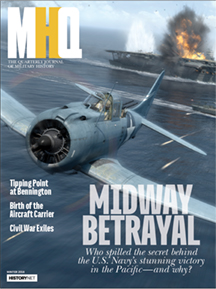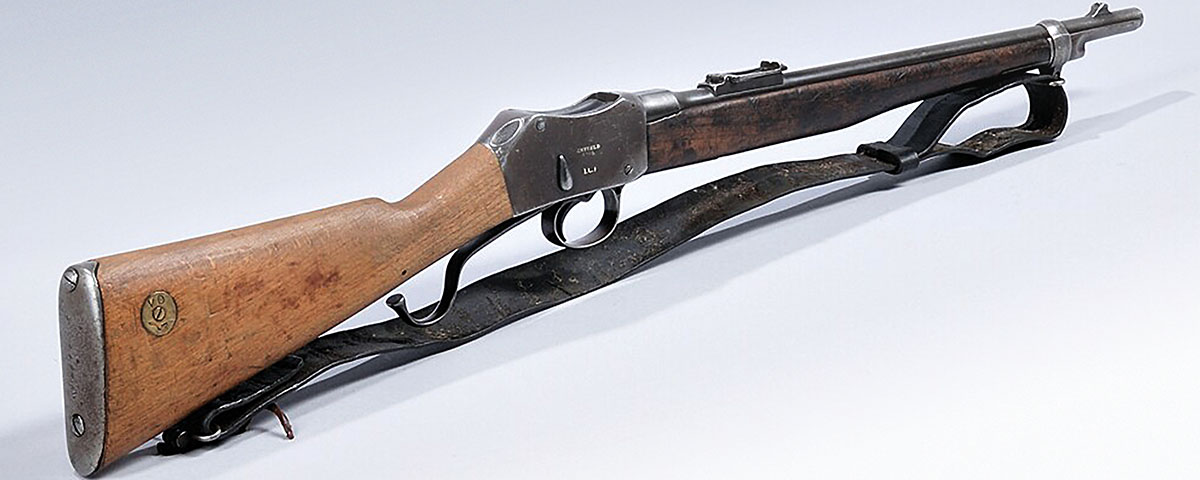THE MARTINI-HENRY HAS ALWAYS BEEN ASSOCIATED with British imperialism, a defining weapon wielded at the height of the Victorian empire. From its official adoption in 1871, the rifle represented a historic leap forward for the British, as it was the UK’s first purpose-designed breech-loading metallic cartridge service rifle. Built on the falling-block action developed in the 1860s by Henry O. Peabody, a Boston inventor, its action was improved by Swiss engineer Friedrich von Martini and married to the polygonal barrel rifling designed by Alexander Henry of Scotland, hence the gun’s double-barreled name. Submitted for British Army evaluation in 1868, the new rifle astonished all with its performance, in trials firing 20 accurate aimed shots in 53 seconds and demonstrating extraordinary reliability following water-immersion and dirt tests. Firing the heavy .577/450 Martini-Henry cartridge (among a variety of other calibers over its history), the rifle caused many a bruised shoulder, but the rifle was a brutal manstopper, most famously demonstrated during the Anglo-Zulu War of 1879 and in many of Queen Victoria’s “small wars,” including the Anglo-Afghan War of 1878–1880 and the First Boer War of 1880–1881. It wasn’t replaced until 1888, when the first of the British bolt-action magazine-fed rifles, the Lee-Metford, came into service. MHQ
CHRIS McNAB is a military historian based in the United Kingdom. His most recent book is The Mighty 8th at War: The Missions, The Aircraft—The Full Story Told By the Men Who Were There (Metro Books, 2017).
[hr]
This article appears in the Winter 2018 issue (Vol. 30, No. 2) of MHQ—The Quarterly Journal of Military History with the headline: The Martini-Henry Rifle
Want to have the lavishly illustrated, premium-quality print edition of MHQ delivered directly to you four times a year? Subscribe now at special savings!






